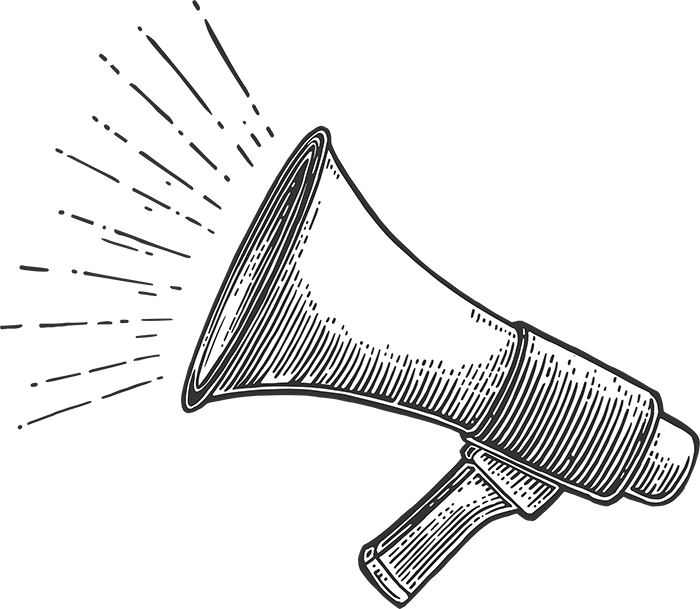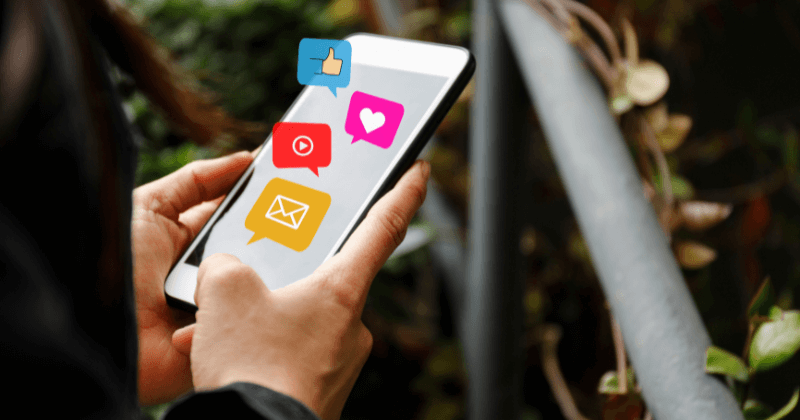Special Kelsey Group Presentation: The 3G iPhone: Local Search Demos
Once upon a time there was a conference blogger. Before she got to the conference she had the schedule of the sessions she would attend all sorted out. At the conference, the organizers handed out a schedule of all the sessions and the rooms they would be in. Since she didn’t have the room numbers on her personal schedule, she transferred her scheduled sessions onto the new schedule. Unfortunately, she forgot one.
On the morning of the last day, she was packing and preparing for one more day of blogging. She came across her original schedule and found the session that she had forgotten. It was in ten minutes. She speedily finished packing and made it to the session, but she had been thoroughly thrown off her game.
She went into the wrong room during the next session and ended up covering the same presentation a fellow blogger was already blogging. Her shirt was a button off and she looked like a slob. Her battery was on the verge of death and no one was about to give up a power outlet. It was a very rough morning.
Wasn’t that a sad story? I know a happier subject to talk about next. The iPhone! I love my iPhone! Do you?
Moderator Michael Boland, Senior Analyst, The Kelsey Group, says that mobile and local are tied together. Mobile phones are conducive to searching for things locally. It hasn’t really panned out before now because the technology wasn’t great and there was no mass market appeal. All that is changing and Apple is doing a lot to open that up.
Third party application could do a lot for search, and can be compared to what iTunes has done for consumer music. The speakers today have developed applications and will share that with the audience. Hopefully it will spark some ideas for marketers. Those with a Web brand or site may be able to develop an app that can drive traffic.
Ryan Sarver, Director of Consumer Products, Skyhook Wireless, starts first with his view of the operations behind the scene in developing location-based services. At its heart, the app determines the latitude and longitude. Skyhook uses wireless access points for referencing locations. The key areas are urban areas with a lot of wireless overlap. He sees “consumer ready location” (indoors, urban areas, and time to fix) as the boost behind location-based services. The iPhone is really the first phone to drive the desire for location-based services and GPS isn’t the only way to do it.
The rest of the presentations are going to be demos of cool applications. Ethan Lowry, Co-founder, UrbanSpoon, asks how many SEOs working on applications are developing a mobile application as well? He says that UrbanSpoon was a restaurant search site that was giving users reviews and details about restaurants in certain areas. They were successful on the site and are up to 70 cities. But on the mobile side they weren’t doing as well.
The challenge was getting traffic on the phone without spending a lot of money. Then along came the iPhone. Location awareness was finally accessible and the app store is still a small enough pool to get noticed, with only around one thousand apps available.
They wanted to develop a game-like application to help solve the dilemma of where to eat. The idea was to create a magic eight ball for finding a restaurant. It’s taken on a life of its own.
The way the app works is there are three columns. After the app finds you location, in the first column you can choose the neighborhood. The second column is types of food and the last column is the price range. After you physically shake the phone, you’ll be given a restaurant that matches all the categories. The results are skewed toward the most popular and most highly rated restaurants. Reviews are also accessible, and if you don’t want to play the game, you can just get a list of the restaurants.
The company of Scott Dunlap, CEO, NearbyNow, finds consumer products in your area. One app they made is shopping mall navigation and all the products in that mall. For this app, check out the video on YouTube. The other app they made focuses on getting people excited about products. They did some research and found that iPhone users were taking pictures of products and sending them to friends to ask their opinion about it, ask where they can find it, and more. As it happens, iPhone users are more likely to buy bigger spenders and fashion forward. The company gets paid for in-store leads.
The way the app works is that it takes the user to the camera. After taking the picture you’re asked who you want to send the picture to, a note to friends and the store it was found in. When store owners find out from NearbyNow that their products are being sent around, they get very excited. People usually send the photos to close friends, roommates and parents. A more universal use has been adopted when, for example, people send pictures of other people asking, “Should I ask this guy out?” When a friend sends you something you like, you can find that item at a store near you, similar products, as well as online.
Next is Siva V. Kumar, Founder & CEO, TheFind.com. The company is a shopping search engine and the local shopping search was released at the end of last year. They crawl the Web for shopping Web sites. There are about half a million shopping sites in the U.S. and have over 150 million products in their database. Then they map the products to the store location and have availability data for the stores that provide it. The application has been submitted but is not out yet.
The way the app works is that it first marks your location. Then you are asked to type in the product you are looking for. The stores that carry that product will come up on the map. You can also compare the price of the item to the price of the item available from online retailers.
Sonia McFarland, Head of Business Development, Yelp, tells us that Yelp is a local review site. Restaurants are about one-third of their reviews. Boutiques, spas and more are part of their business as well. She’s using “coffe wi-fi” as an example. There’s a list of all those locations, with the distance and reviews. Users usually like to spend some time reading the reviews, but in this format you can also see an overview. A map view is also available, as well as a filter feature for narrowing results by things like distance, neighborhood or price range.
Where’s the revenue coming from and what’s the business model?
UrbanSpoon is an ad model. They have no monetization on the ad model, but they’re in no rush and would rather let it grow a while. NearbyNow is mostly based on lead generation, with a smaller amount of data licensing and location-based ads. TheFind uses CPC, CPA and CPM on the Web.
If you guys were to build it for someone else, how much would your apps cost?
Skyhook has a big developer program. It’d take four weeks to get the basics up. The cost would be $80-100 per hour for the developer.
With iPhone usage through the rough, what can we do to create more of a mobile marketing plan for people in transit (airports, hotels, etc.) and be sure it’s easy to use?
Make sure that the home screen shows what the immediate value is going to be. The mobile interface doesn’t need to have the full functionality of the site. Put some time into those templates and users will come back a lot.

LEAVE A REPLY









